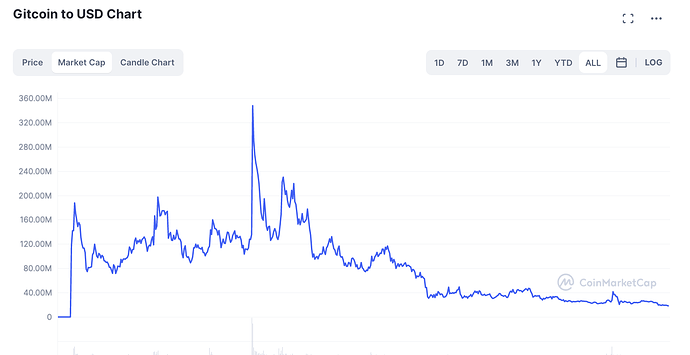As a GTC holder, point number 3 really resonated with me.
I found GTC because of the posts on vitalik.ca and started following it because I thought it was a market leader.
But the market doesnt seem to be viewing GTC as a leader anymore.
Not just the $GTC markets, but also the DAO and DEFI markets. Only a handful of those projects use Gitcoin.
I will be closely following the alpha protocol rounds and the convos on GTC Utility to see if this is going to turn around.
Additionally, I hope that Gitcoin insiders start to publish their plans for 2023 and beyond.
